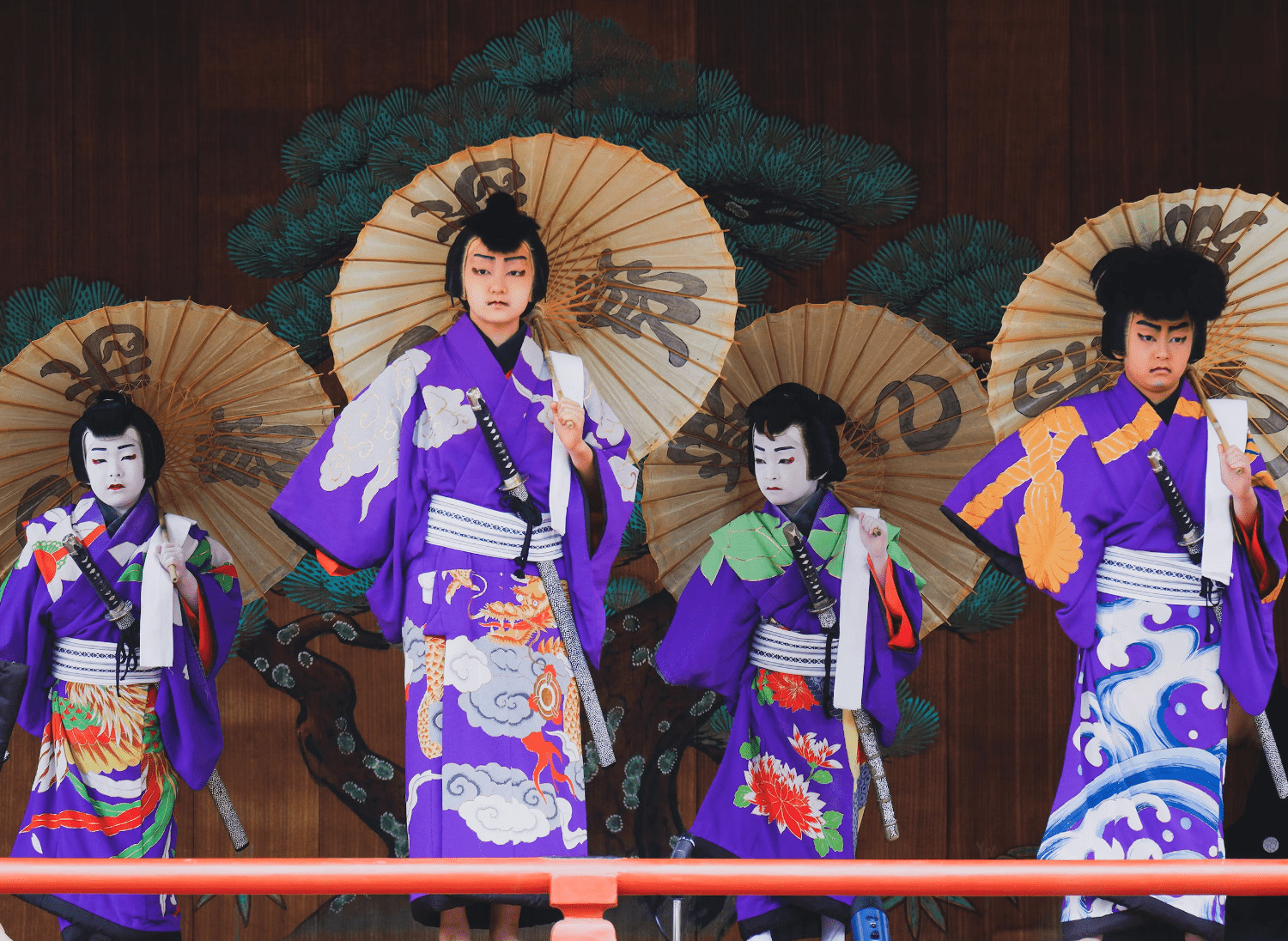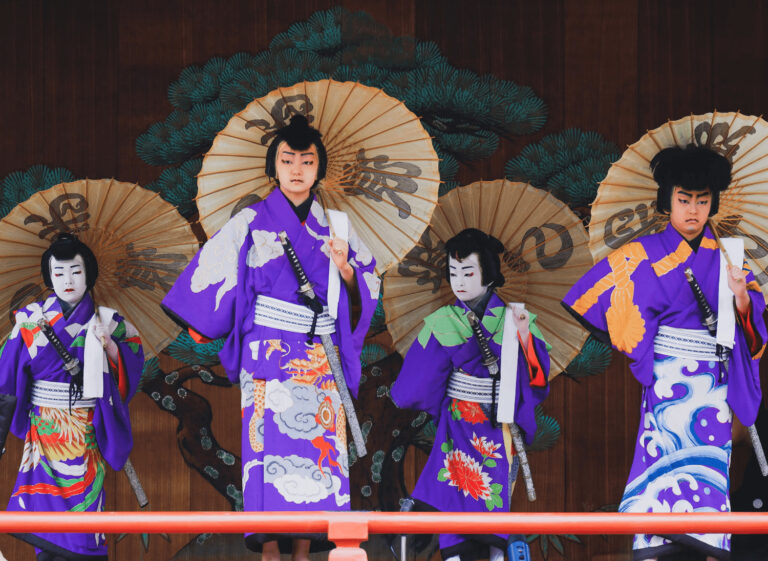

Japan: A Land of Rich Culture and Unique Traditions
Japan is a country with a rich and diverse Japanese culture and tradition. From the ancient art of ikebana to the vibrant festivals of today, there is something for everyone to enjoy. In this first part of a two-part series, we will explore some of the most beautiful and unique aspects of Japanese culture.
Many people worldwide are fascinated by Japan, a country with a rich and diverse culture and tradition that reflects its long and complex history. However, Japan’s culture and traditions are not static. They evolve and adapt to changing times and influences while preserving the essence and spirit of the past. Moreover, they are not monolithic but somewhat vary and coexist among different regions, cities, and even villages. The blending of the old and the new makes Japan’s culture and tradition unique and attractive.
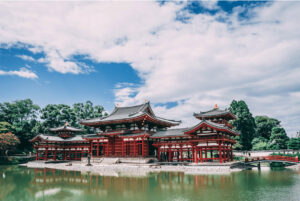

Now, get ready for a fascinating journey into the heart of Japanese culture and tradition! Part 1 of this article will delve into the language and writing, religion and spirituality, art and literature, music and dance, clothing and fashion that make this ancient nation unique. Then, in Part 2, we’ll explore the delicious food and drink, dazzling festivals and holidays, and the etiquette and manners that define Japanese society. By exploring them, we’ll better appreciate the Japanese people and their incredible worldview. So come along and discover the magic of Japan with us!
Language and Writing
Communication and expression are vital elements in a culture’s identity and character. Japan’s language and writing systems are known for their intricacy and refinement, with different levels of meaning and subtlety.
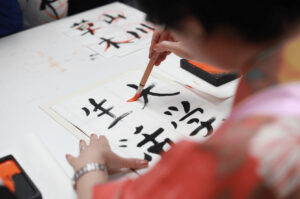

Japanese, as the official language of Japan, belongs to the Japonic language family, which sets it apart from other primary language families. There are various Japanese dialects, each with unique pronunciations, vocabularies, and grammatical structures influenced by the region and social group. In fact, the Tokyo dialect is the most commonly spoken and is the foundation for standard Japanese. Multiple levels of politeness and formality in Japanese are conveyed through different words, endings, and honorifics based on the context and the relationship between speakers. Additionally, the language has many loanwords, mainly from Chinese and English, that enhance its vocabulary.
Japan’s writing system has three scripts: kanji, hiragana, and katakana, each with its distinct purpose. Kanji, which are Chinese characters, represent concepts or meanings and can be read in various ways, depending on the context. Hiragana and katakana are syllabic scripts that express sounds or phonetic values. Moreover, hiragana is used for native Japanese words, grammatical particles, and suffixes. While katakana is used for foreign words, onomatopoeia, and emphasis. These three scripts are integrated to create a visually and semantically diverse writing system.
Religion and Spirituality
The values and beliefs that shape a culture’s outlook and way of life often stem from religion and spirituality. Japan, a country with a diverse and syncretic spiritual landscape, has multiple religious traditions and practices that coexist and blend harmoniously.
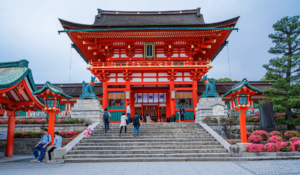

Shinto and Buddhism are Japan’s primary religions. These two faiths have been intertwined and integrated for centuries. The Shinto is an indigenous religion that reveres the kami, spirits associated with nature, ancestors, and deities. However, it lacks a founder, scriptures, and dogmas. It emphasizes rituals, festivals, and shrines as expressions of gratitude and respect for the kami while seeking harmony and purification.
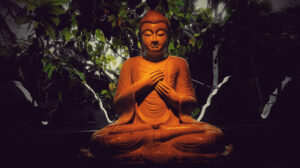

Buddhism, on the other hand, is an Indian religion. It teaches the four noble truths and the eightfold path, which leads to enlightenment and the cessation of suffering. Also, it was introduced to Japan in the 6th century and has developed into various schools and sects, such as Zen, Pure Land, and Nichiren, influencing Japan’s philosophy, art, literature, and ethics. Buddhism also provides funeral and memorial services for the deceased.
Besides these two major religions, Christianity, Islam, Hinduism, and Sikhism, foreign missionaries, immigrants, and innovators have introduced various new religious movements to Japan. These spiritual movements have added diversity and vitality to Japan’s religious landscape. Likewise, they have contributed to the country’s social and cultural development.
Art and Literature
Art and literature are powerful modes of creativity and expression, offering insight into a culture’s unique aesthetics and emotions. Japanese art and literature are renowned for their refinement and expressiveness. Moreover on balancing form and content and imbuing their work with a fusion of beauty and meaning.


Japanese art is known for its simplicity, elegance, and subtlety. They are deeply influenced by the principles of wabi-sabi, which value imperfection, impermanence, incompleteness, mono no aware, which recognize life’s transience and melancholy nature. The country’s art is also influenced by its natural environment, religious traditions, and historical events, resulting in various styles and themes. Furthermore, they encompass multiple genres and mediums, from painting, to calligraphy, and pottery. Also, to sculpture, architecture, garden design, textiles, printmaking, manga, anime, and video games. All showcasing Japanese artists’ incredible skill and imagination.


Japanese literature is characterized by its lyricism, realism, and symbolism, which are strongly influenced by genres such as poetry, prose, and drama. As well as forms like haiku, tanka, renga, and renku, which rely on minimal words and maximal imagery, and concepts such as kigo, which refers to seasonal terms, and kireji, which indicates a pause or a break. The country’s literature is also shaped by its language and writing system, religious and philosophical beliefs, and social and political shifts, resulting in diverse voices and perspectives.
Music and Dance
Music and dance are forms of expression and entertainment that showcase a culture’s unique rhythm and movement. Japan has a rich musical and dance heritage that blends traditional and modern elements with various genres and styles.
Japan’s traditional music is based on the pentatonic scale and the gagaku, originating in China and Korea. The country’s traditional music features a variety of ensembles and instruments, such as the koto, a 13-stringed zither, the shamisen, a three-stringed lute, the shakuhachi, a bamboo flute, the taiko, a drum, and the biwa, a pear-shaped lute—vocal and instrumental forms, the folk song; enka, the sentimental ballad. Noh, the classic drama, and kabuki, the renowned theater, are also part of Japan’s traditional music.
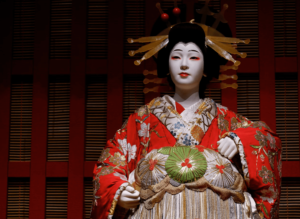

Japan’s traditional dance is elegant, graceful, lively, and rhythmic. There are various types of traditional dance, such as the bugaku, the court dance, noh, the masked dance, kabuki, the theatrical dance, the festival dance, and Nihon-buyo, the classical dance.
Western and American dance styles influenced Japan’s modern dance. The country’s contemporary dance scene features ballet, classical and romantic, modern, expressive and experimental, street, urban, hip hop, butoh, avant-garde, and more.
Clothing and Fashion
They are ways of expressing oneself and showcasing a culture’s style and preferences. Japan has a diverse and continuous mix of traditional and modern clothing with a touch of elegance and sophistication.
Japan’s traditional clothing primarily revolves around the kimono – a long, loose robe wrapped around the body and tied with an obi sash. The kimono can be made from silk, cotton, or synthetic fabrics, and its patterns, colors, and motifs depend on the wearer’s status, occasion, and season. This kind of kimono is worn with accessories like zori sandals, tabi socks, kanzashi hair ornaments, and socks to complete the look. Wearing a kimono is an art that requires skill and etiquette to master.
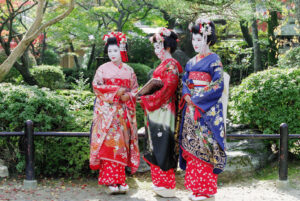

Furthermore, Japan’s modern clothing blends Western and American styles, which were introduced during the Meiji period and popularized after World War II. It includes a range of styles such as formal and business attire suits, casual and comfortable denim jeans, simple and convenient t-shirts, and feminine and fashionable dresses. Japan’s modern clothing also encompasses various subcultures and movements, such as the cute and Gothic lolita style, the glamorous and trendy style, the costume and role-playing cosplay fashion, and the adorable and colorful kawaii style.
Conclusion
Japan is a country that has a rich and diverse culture and tradition that reflects its long and complex history. The Japanese language and writing system are unique and expressive, incorporating native and borrowed elements. Moreover, its religion and spirituality are influenced by Shinto, Buddhism, and other beliefs and are manifested in various rituals, festivals, and practices. Similarly, Japan’s art and literature are renowned for their beauty, elegance, and sophistication and have produced many masterpieces and genres. Likewise, their music and dance are diverse and dynamic, from traditional to modern, classical to popular. Additionally, their clothing and fashion are colorful and creative, blending the old and the new, local and global. Significantly, Japan’s culture and tradition are not static but evolving and multifaceted. They reflect the vitality and diversity of the Japanese people.
If you learn from this article, please stay tuned for the next one, where we will explore more aspects of Japan’s culture and tradition, such as the delicious food and drink, dazzling festivals and holidays, and the etiquette and manners that define Japanese society. Thanks for reading, and I’ll see you at the next one!
References:
Britannica. (n.d.). Japan – Culture, Traditions, Religion | Britannica. Retrieved September 23, 2023, from https://www.britannica.com/place/Japan/Cultural-life.
Britannica. (n.d.). Japan – Culture, Traditions, Etiquette | Britannica. Retrieved September 23, 2023, from https://www.britannica.com/place/Japan/Daily-life-and-social-customs.
Japan National Tourism Organization. (n.d.). Japanese Culture | Japan Tradition | Japan Travel | JNTO. Retrieved September 23, 2023, from https://www.japan.travel/en/au/experience/culture/.
WorldAtlas. (n.d.). Japanese Cultures, Customs and Traditions – WorldAtlas. Retrieved September 23, 2023, from https://www.worldatlas.com/articles/the-culture-of-japan.html.

